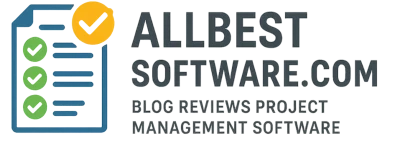PurelyHR Software
Overview
Many small-to-midsize organizations rely on spreadsheets, manual tracking, and disconnected systems for HR processes. PurelyHR consolidates these tasks—employee data, leave, performance, documents, reports—into a simple, intuitive system. It helps HR teams reduce administrative overhead and maintain consistent HR workflows.
What Is PurelyHR Software?
PurelyHR is a SaaS platform built for HR operations: employee administration, time off / leave management, performance reviews, document storage, workflows, compliance and reporting. It’s tailored for organizations that want a lighter, more affordable HR system rather than a full enterprise HCM.
Key Features of PurelyHR
- Employee records & profile pages
- Leave / time off request & approval workflows
- Performance review cycles, goals, feedback
- HR document repository & e-signatures
- Customizable approval workflows & notifications
- Analytics and HR dashboards
- Role-based access, permissions, audit logs
- Data export, API / integration capabilities
- Self-service employee portal
Who Should Use It?
- Small-medium businesses looking for core HR automation
- HR teams wanting to escape spreadsheets for people ops
- Organizations with limited budget but need structured HR tools
- Companies wanting modular HR (without payroll or heavy modules)
- Teams that don’t need full HCM but need core HR capabilities
Pricing & Plans
PurelyHR Pricing — Fixed Tier Plans
100+ Users
Enterprise- Enterprise capabilities & SLAs
- Dedicated support & customization
Pros & Cons
Final Verdict
If you’re a small to midsize organization needing a solid, affordable HR platform without the overhead of full HCM suites, PurelyHR is a good fit. Its fixed pricing and core features make it accessible. As you scale, you’ll just need to negotiate for enterprise support and customization.
Get Started with PurelyHR
Plans from ₹10,000/year. Add modules as your team grows.
- ✅ Fixed user-based tiers
- ✅ Scalable enterprise option
FAQs About PurelyHR
Pricing is fixed for tiers (e.g. up to 30, 60, 100 users), not strictly per user beyond baseline.


